Faecal Sludge Management Practices in Uganda: Challenges and Opportunities
Faecal Sludge Management Practices in Uganda: Challenges and Opportunities
ABSTRACT
In the global sanitation challenges over the years, sustainable faecal sludge (FS) management has always featured siting Sub-Saharan Africa and developing countries as the most affected.
FS is currently being managed through conventional treatment plants, where it goes through a series of stages which include primary and secondary filters, sedimentation tanks, biological trickling filters, and secondary sedimentation tanks before being released into wetlands.
While in wetlands it undergoes further biological filtration to remove heavy metals and the remaining nutrients.
In Uganda, this system has been used since the 1970s.
However, it has faced various challenges, mostly due to the rapidly growing population, poor quality of FS, low FS collection efficiency due to inaccessibility in slum areas, and the long distances moved by trucks to access the treatment plants.
The objective of this review is to highlight the gaps in existing FS management practices, the level of involvement of the different stakeholders and their roles.
It also highlights the existing policies, and institutional frameworks with challenges and business opportunities that can be harnessed from FS.
The study employed a systematic review of literature through identifying, assessing and synthesizing relevant articles.
The findings indicate gaps in government partnerships with private sector and academic institutions.
Furthermore, there is increased informal participation of private sector in FSM, knowledge gaps among the public concerning FSM services.
In conclusion, the government needs to strengthen partnerships with all stakeholders in the FSM sector as well as increase community sensitization about FSM management.
Keywords: faecal sludge management; global sanitation; Uganda; nanoparticles; biochar; waste management

 AFWASA
AFWASA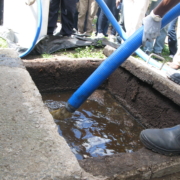 AFWASA
AFWASA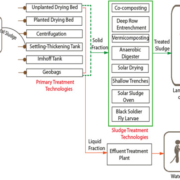 AFWASA
AFWASA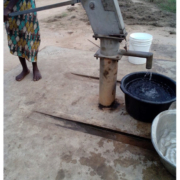 AFWASA
AFWASA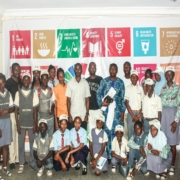 AFWASA
AFWASA AAEA
AAEA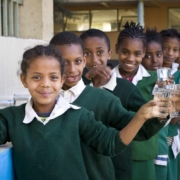 AFWASA
AFWASA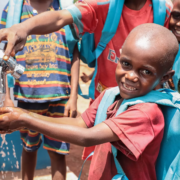 AAEA
AAEA AAEA
AAEA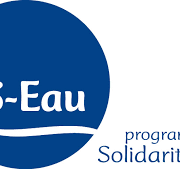 AAEA
AAEA